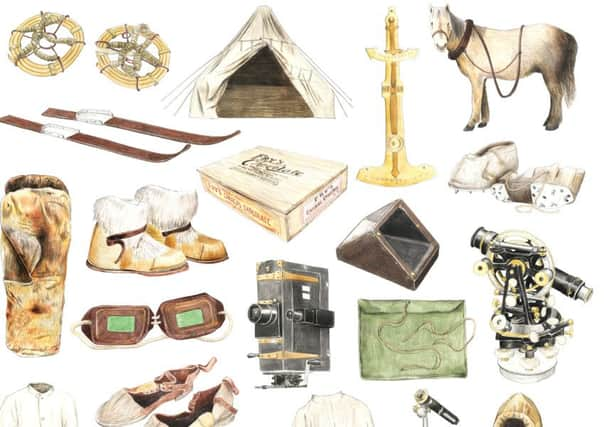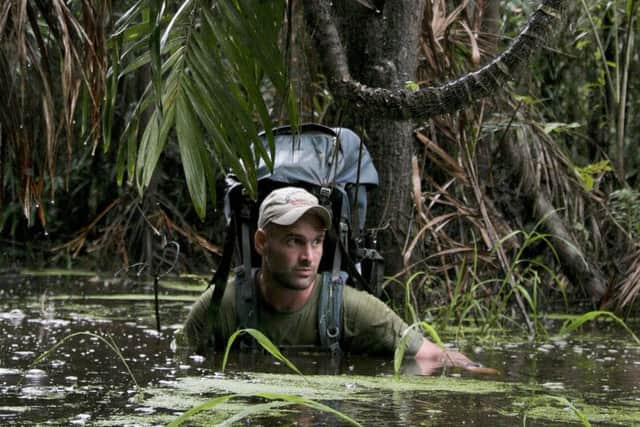New book by Ed Stafford reveals what the great explorers took into the unknown


Knight, Bingham and Stewart’s expedition is one of 25 featured in a new book by Bingham’s husband Ed Stafford, himself a notable explorer who in 2010 became the first person ever to walk the length of the Amazon River. Entitled Expeditions Unpacked, it provides some fascinating insights into what some of the greatest adventurers of the last 100 years or so carried with them, and also into how their gear choices impacted on their successes or – in some cases – their failures.
Scott and Amundsen’s race to the South Pole has been written about so many times, and from so many different angles, that it might feel as if there’s not much left to add. However, Stafford does an excellent job of teasing out the subtle differences in the two parties’ equipment, and how these differences might have played a part in what happened out on the ice. The sled dogs vs ponies and man-hauling angle has been comprehensively covered elsewhere, but in addition to this Stafford explains how smaller details could also have had an impact. The Norwegian tents, for example, were superior to the British ones, dyed black with shoe polish to absorb the sun’s heat, with built-in floors to prevent snow and ice getting in and easily erected using a single pole. One of Amundsen’s team, Olav Bjaaland, who was both a champion skier and a skilled carpenter, managed to reduce the weight of the Norwegian sledges by almost a third by planing down their frames and runners, and then there was the food: the Norwegians’ pemmican contained oatmeal and dried vegetables, giving them essential carbohydrates and Vitamin C, while their biscuits contained wholemeal flour, oats and yeast, which provided Vitamin B.
Advertisement
Hide AdFor each of the expeditions Stafford features, the illustrator Christine Berrie has produced evocative drawings of some of the most significant bits of kit, and often these lovingly-rendered montages can tell you almost as much about the personalities of the people involved as the accompanying texts.


When, in 1888, the ambitious American journalist Nellie Bly set out to circumnavigate the globe faster than Phileas Fogg in Around the World in 80 Days, for example, she carried with her British gold sovereigns, Mumm champagne and – from Singapore onwards – a bad-tempered monkey called McGinty who was particularly irritable when hungover. More poignantly, among the items packed by Amelia Earhart on her ill-fated attempt to fly around the world in 1937 were a jar of Dr CH Berry’s Freckle Ointment and a bone-handled pocket knife, the remains of which were subsequently found on an uninhabited coral atoll called Gardner Island (now Nikumaroro) where it is thought she might have survived for a while after crash-landing over the Pacific.
Of all the items Sir Robin Knox-Johnston took with him on his single-handed non-stop circumnavigation of the world in 1968-9, meanwhile, perhaps the most telling is the novelty barometer with the words “Lovely Day for a Guinness” written in gold lettering around the face. With his radio knocked out following a particularly intense storm, this dubious instrument, taken from the wall of a pub, was his only means of getting a weather forecast. With 120 cans of lager donated by Tennent’s sitting in the hold, it’s easy to imagine him staring at his barometer of an evening during the latter stages of his voyage and wishing first for a radio that worked and second for a cold, freshly-pulled pint of Guinness.
Expeditions Unpacked: What the Great Explorers Took into the Unknown, by Ed Stafford, is published by White Lion, £30